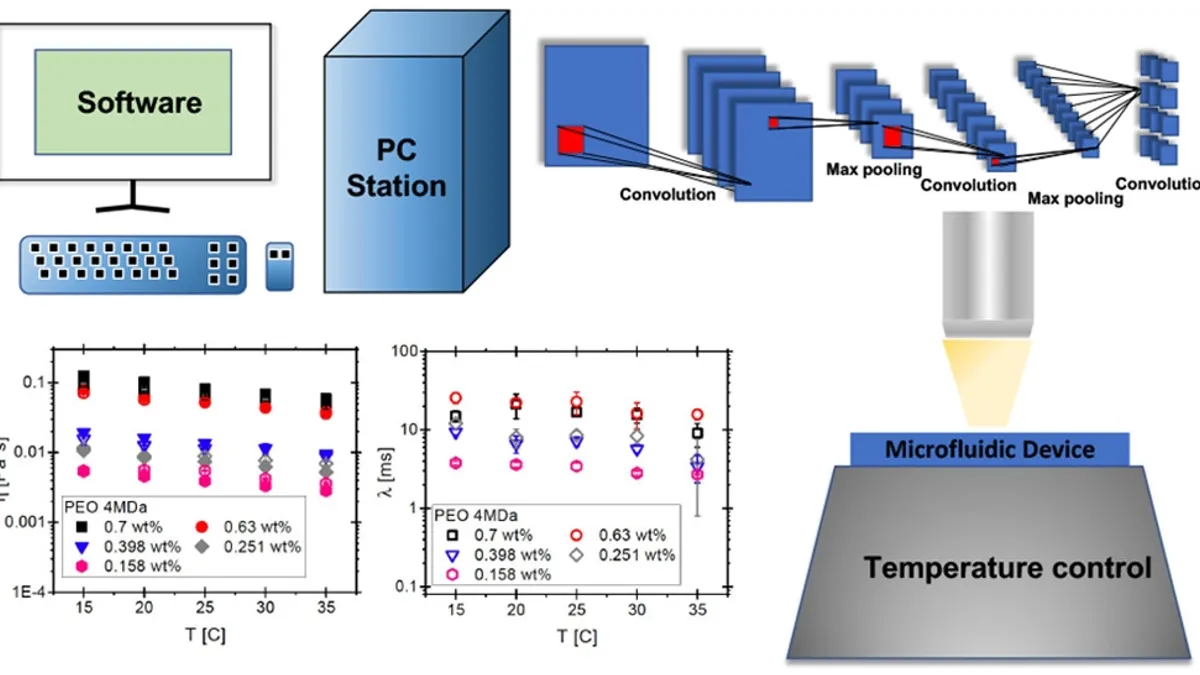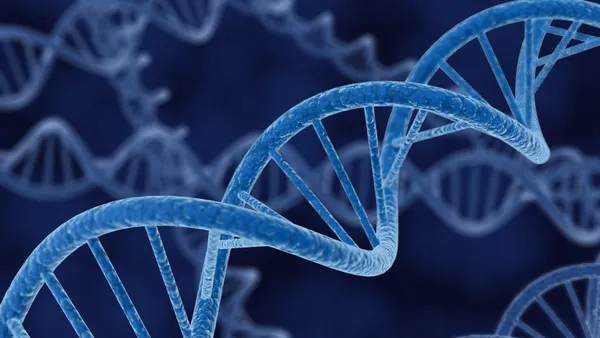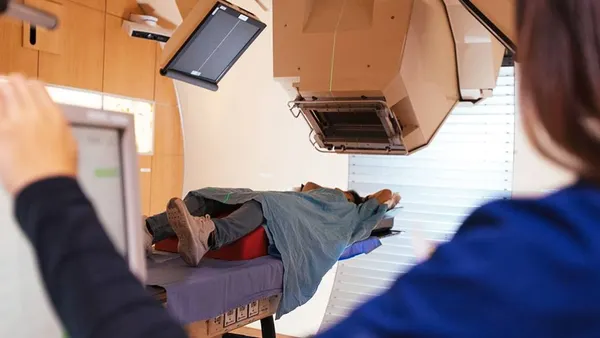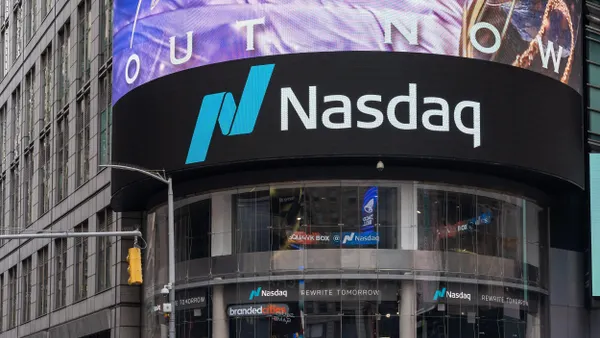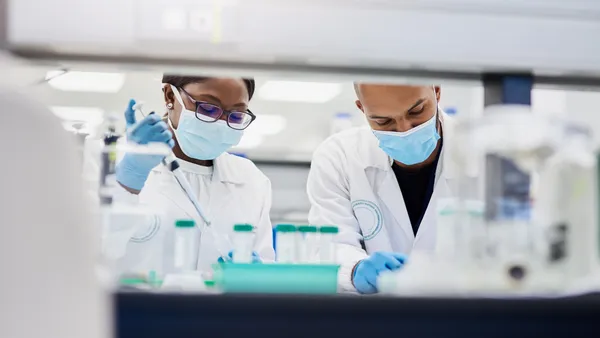Dive Brief:
- A machine learning algorithm has cut the time taken to detect disease biomarkers in blood and other biofluids from hours to minutes.
- Writing in the journal Analytical Chemistry, the researchers describe a method for measuring the concentration of large molecules in 100ml of biofluids in two minutes. Existing techniques either need a large sample volume or take as long as several hours.
- The new technique needs refining and validating, with the researchers noting that the machine learning approach only applies to a few applications and needs testing on more diverse images.
Dive Insight:
The concentration of large molecules in biofluids serves as a biomarker for several disease states. For example, physicians use the concentration of hyaluronic acid in synovial fluid to assess joints and provide insights into conditions including rheumatoid arthritis. However, existing assays take hours, require large samples or feature multi-step processes run on specialized equipment.
To create a better method, researchers at Swansea University in the U.K. used rheology, the science that deals with material deformation and flow, to derive the concentration of large molecules in solutions. By integrating a particle tracking machine learning algorithm, the team cut the time taken to deliver results.
In a statement to publicize the paper, Francesco Del Giudice, the Swansea scientist who led the project, called the two-minute turnaround time “a leap forward compared to standard testing” and set out the implications of accelerating the process.
“What this means for the future is that our proof-of-concept study can be further developed in a tool to help clinicians making decisions on clinical data obtained quickly. We also foresee to develop this further for an at-home-point-of-care self-screening diagnostic platform,” Del Giudice said.
The paper notes some limitations of the approach. An assumption of the machine learning algorithm about the simplicity of the particles’ trajectory will only apply in the case of a few applications. Also, the algorithms were trained and tested on images from the same experimental setup and that had minimal artifacts and background noise. The system needs to be validated on other images.

